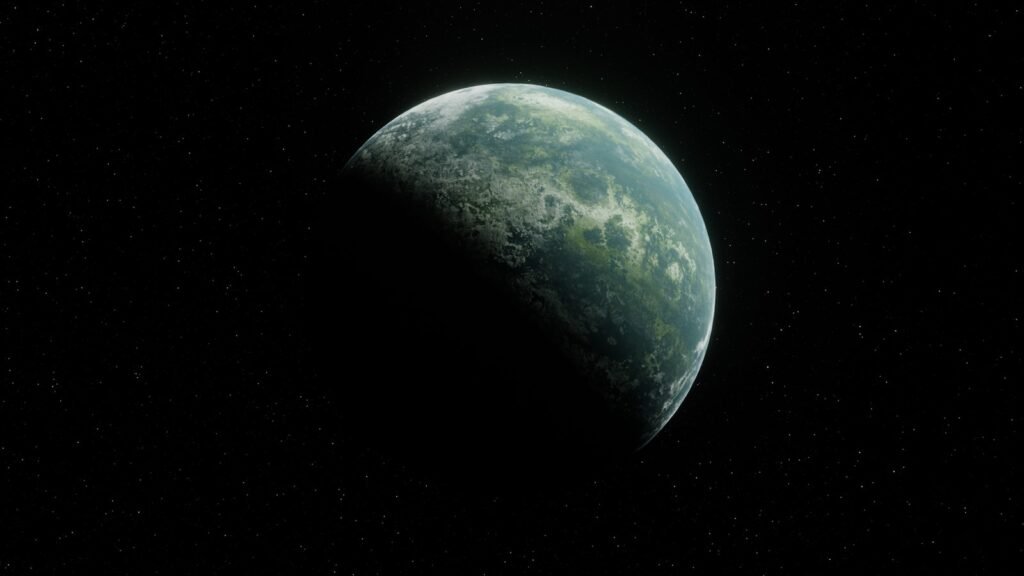They slip through the dark like unregistered ships, drifting far from the glow of any sun. Astronomers call them rogue planets – worlds without a home star – and a provocative question has burst back into the spotlight: could there be more of these wanderers than stars in our galaxy. The mystery is sharpened by new instruments unveiling hints of planets where we never thought to look, and by models that keep revising the cosmic census. At stake is more than a headcount; it’s the story of how planetary systems form, how often they fall apart, and where life-friendly niches might hide. The latest evidence points to a universe busier, messier, and far more surprising than the tidy textbook diagrams we grew up with.
The Hidden Clues

Rogue planets are almost invisible, but gravity gives them away. When one drifts in front of a distant star, its gravity briefly magnifies the starlight, producing a microlensing flash that can last hours to weeks. These flashes do not repeat, the lensing object is dark, and the timing signature is short – clues that fit a planet rather than a star or brown dwarf. I still remember the first microlensing curve I saw in a grad-school seminar; it looked like a heartbeat in a storm, abrupt and undeniable.
Astronomers stitch together such curves from telescopes half a world apart, racing the clock to capture a lensing spike before it fades. That painstaking choreography is what turns a fleeting blip into a measurable planet mass and a plausible population estimate.
From Ancient Tools to Modern Science
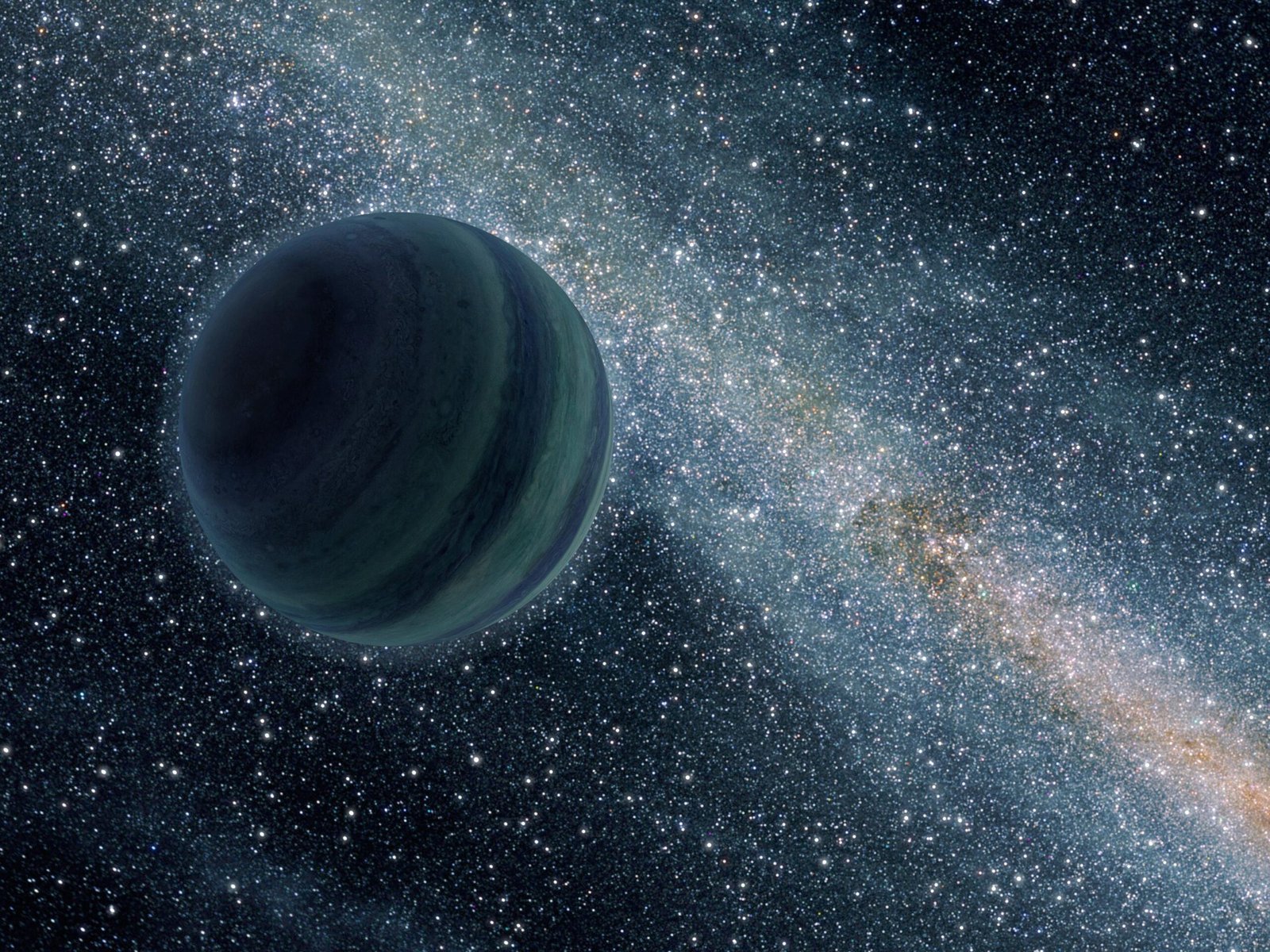
Early wide-field surveys a little over a decade ago startled the field with hints of many Jupiter-mass planets drifting free, but follow-up analyses later tempered those tallies. The story didn’t end there, because instruments improved and new sky maps kept arriving, changing which masses we can see and how well we can count them. Infrared eyes and exquisite resolution in star-forming regions have revealed planetary-mass objects that seem to have been born alone, while microlensing continues to catch others that were likely kicked out of young systems.
That dual origin – ejection versus solitary birth – complicates the census, because it blends two populations under one label. Even so, the signal is clear enough to say rogue planets are not rare curiosities; they’re part of the galaxy’s standard inventory. The question now is not whether they exist, but how their numbers stack against the stars we can actually see.
Counting the Unbound
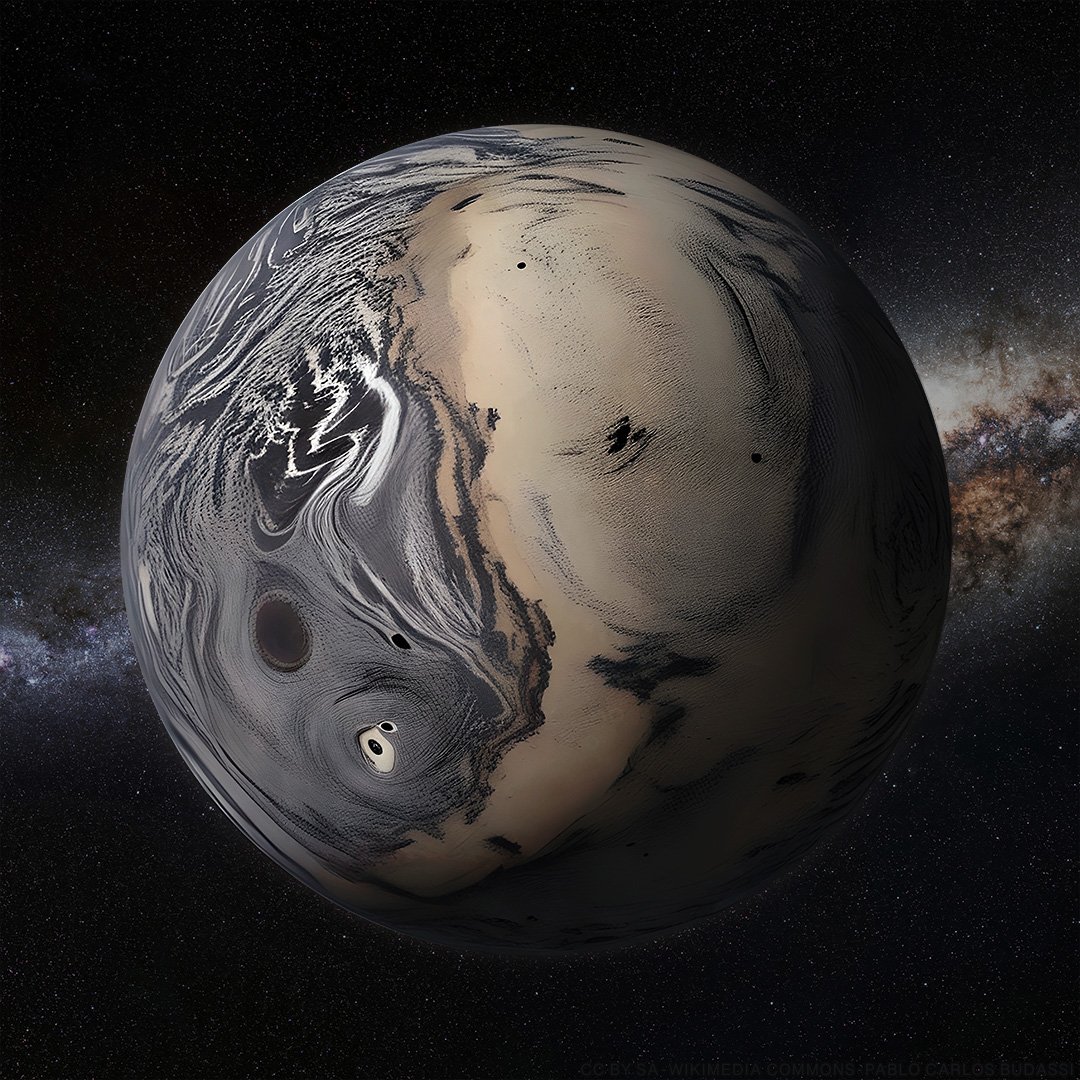
Counting stars is straightforward compared with tallying invisible worlds, so astronomers lean on statistics, simulations, and careful bias checks to avoid being fooled. Short, sharp microlensing events tend to favor low-mass objects, while longer events mix in brown dwarfs and faint stars, so teams model the full distribution rather than any single spike. Several lines of evidence now suggest that truly Jupiter-mass rogues are probably less common than once claimed, yet lower-mass wanderers – down around Earth scale – could be far more numerous. If many young systems eject a handful of small planets while keeping their giants, the galaxy’s dark outskirts might be seeded with vast numbers of pebble-to-Earth-size drifters.
That scenario would reconcile early hints of abundance with more cautious recent counts at higher masses. It would also mean our planet-formation models must account for a churn-and-scatter phase that is stronger than previously assumed.
Why It Matters
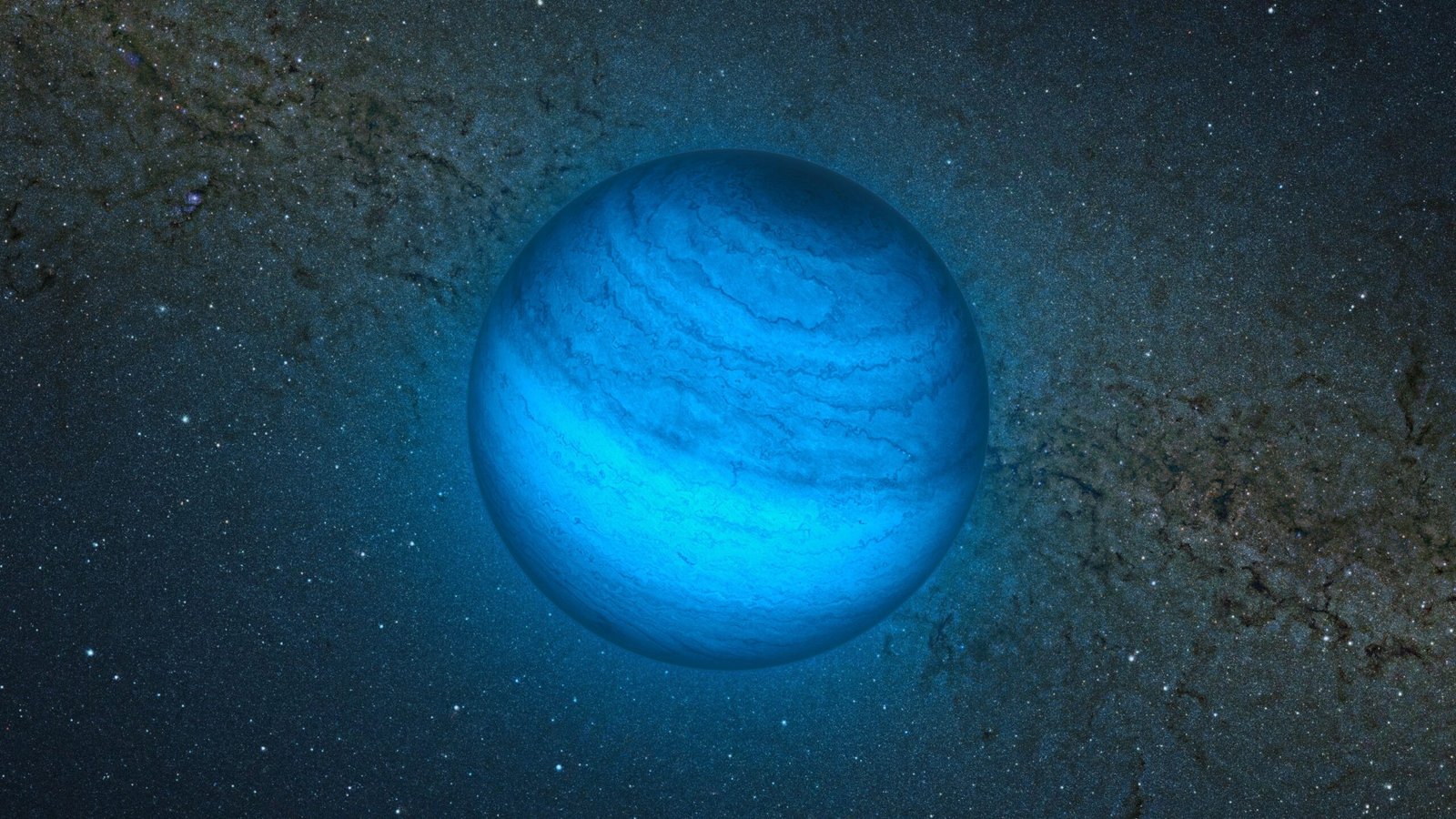
Whether rogue planets outnumber stars goes straight to the heart of how stable solar systems really are. If the galaxy is littered with cast-off worlds, then violent gravitational shuffling is not an exception but a rule, reshaping the odds of where planets end up and what atmospheres they keep. The answer also changes the search for life, because even sunless worlds might harbor subsurface oceans warmed by radioactive heat or tidal sloshing during close encounters. Thick hydrogen blankets could trap enough warmth to keep water liquid far from any star, expanding the definition of habitable real estate.
Beyond biology, a robust rogue population would refine how we weigh the Milky Way, since these bodies contribute mass we can’t otherwise see. In other words, this isn’t a niche curiosity; it rewrites the ledger of everything we think the galaxy contains.
Global Perspectives
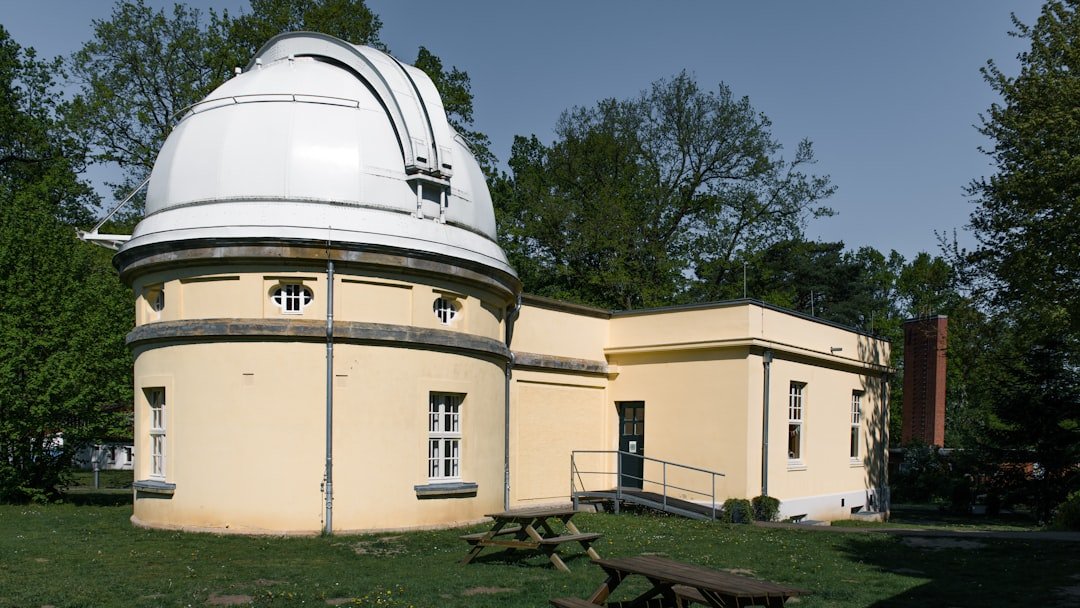
The chase for rogues is necessarily planetary in its own way, relying on observatories scattered from the Atacama to the South Pacific to keep watch without gaps. When a lensing alert goes out, teamwork across longitudes turns a fragile one-night signal into a robust measurement of duration and parallax. Cross-checks with infrared imaging in crowded nurseries then separate truly free objects from those just sitting far from a faint parent star.
Taken together, these approaches build an all-sky, all-mass portrait that no single telescope could deliver. The global effort also spreads risk: weather, technical glitches, and daytime gaps in one place are balanced by clear skies and midnight elsewhere. It’s collaborative astronomy at its best, and it’s the only way to turn whispers in the data into a defensible census.
The Human Scale
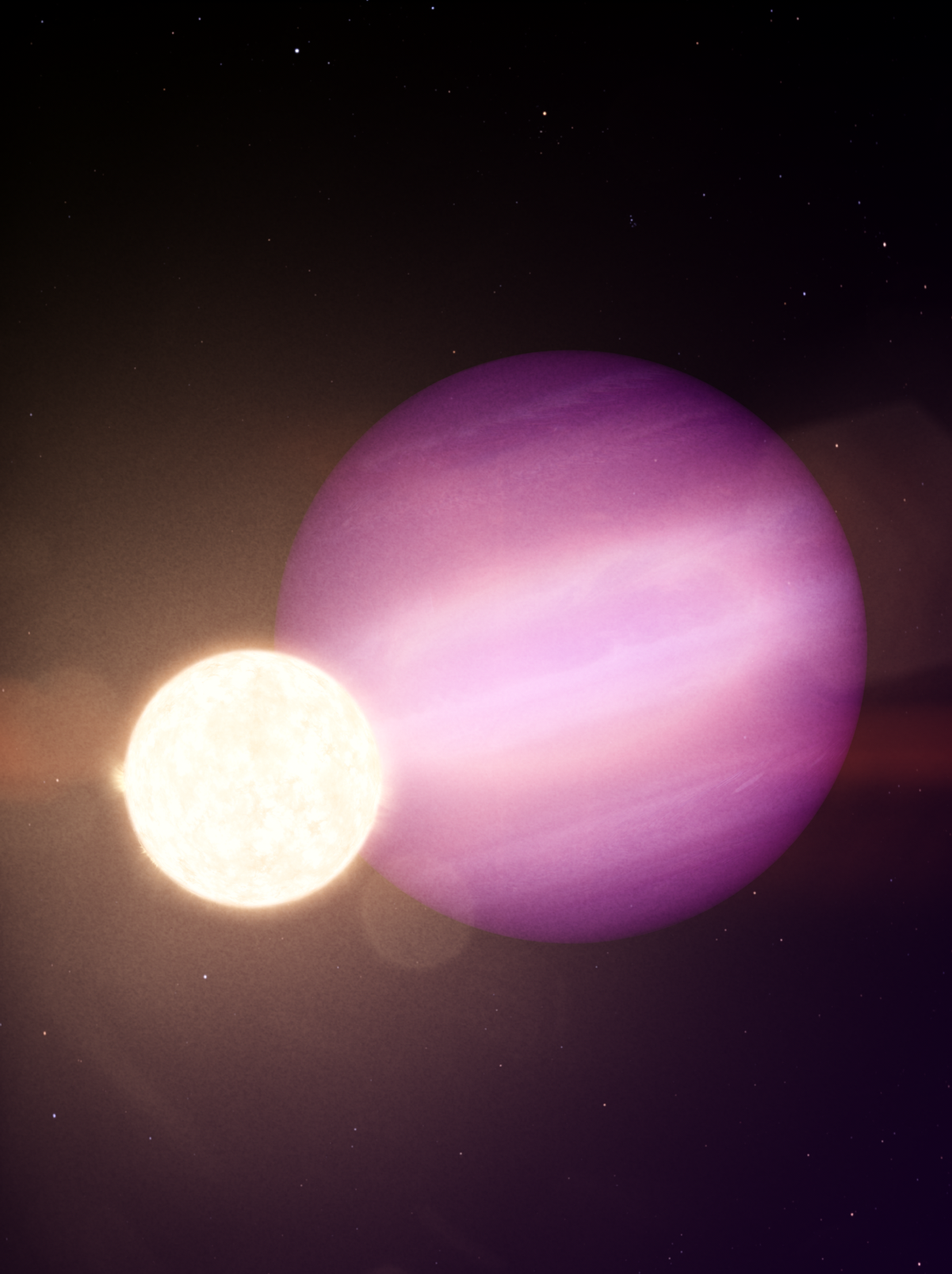
There’s something unsettling and a little thrilling about a planet that never sees a sunrise. On a quiet field trip years ago, a mentor asked me to imagine standing on ice beneath a sky without stars, with only the planet’s own heat as company; I still get a shiver thinking about it. That thought experiment makes the stakes feel real, because a discovery on a plot of brightness versus time becomes a world with winds, hills, and maybe buried seas.
It also hints at the humility this topic demands: we’re guessing at populations from rare, transient clues, and our instruments are just now reaching the right sensitivity. The story will evolve as the samples grow, and so might our intuitions about what a typical planetary system looks like. For now, the possibility that the night between stars is crowded with nameless worlds is both sobering and exhilarating.
The Hidden Clues, Revisited

Microlensing doesn’t work alone; it thrives when paired with precision astrometry, deep infrared imaging, and clever follow-up spectroscopy. Astrometric wobbles can sometimes reveal the lens’s motion, helping to pin down its distance and mass, while infrared snapshots in star-forming regions identify planetary-mass objects still warm from youth. Spectroscopy then probes the borderline between big planets and small brown dwarfs, sorting the population by chemistry and temperature rather than just mass.
Each method has blind spots, but together they carve out a clearer picture of what is free-floating and what is merely faint. That methodological blend is why the field is less swayed by any single study and more guided by converging lines of evidence. In the end, the census we trust will be the one many techniques agree upon.
The Future Landscape

The next leap will come from a dedicated space-based microlensing campaign designed to catch thousands of events, including short-lived signals from Earth-mass rogues. Those statistics will map the mass spectrum with far better precision, turning debates into measurements and outliers into context. Ground-based surveys with enormous cameras will pour in complementary alerts, while follow-up networks refine timescales and parallax to break key ambiguities. Meanwhile, infrared observatories and giant new telescopes will comb stellar nurseries for the youngest free-floaters, whose glow fades quickly with age.
Put together, the coming decade should pin down whether small rogues swarm the galaxy and how their numbers compare to the hundreds of billions of stars we already count. If that balance tilts toward the drifters at low masses, planet formation will look less like tidy clockwork and more like a rowdy schoolyard where many kids get pushed off the playground.
Conclusion
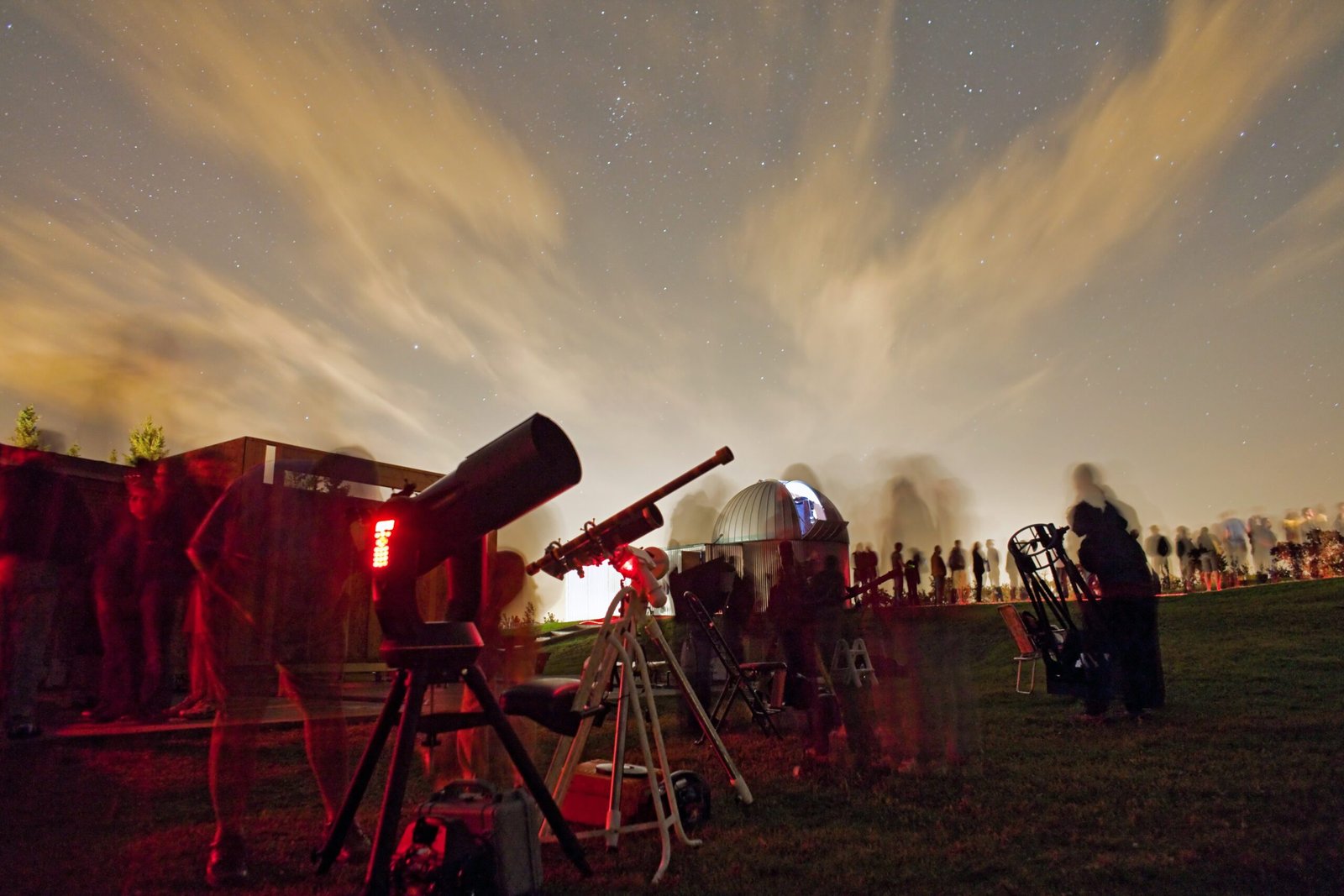
If this mystery grabs you, there are simple ways to help clear the fog. Support public observatories and space missions through local advocacy groups or by weighing in when community input is requested, because these projects depend on visible public interest. Join citizen-science platforms that classify transient events, where careful eyes help researchers sift signal from noise faster than algorithms alone. Share accurate stories about rogue planets with friends and schools, keeping the wonder while avoiding hype, because public understanding shapes what gets funded next.
If you have access to a telescope or astronomy club, encourage participation in time-critical observing campaigns that make or break a microlensing detection. Small actions add up, and the next decisive dataset might hinge on a global chain that includes you.

Suhail Ahmed is a passionate digital professional and nature enthusiast with over 8 years of experience in content strategy, SEO, web development, and digital operations. Alongside his freelance journey, Suhail actively contributes to nature and wildlife platforms like Discover Wildlife, where he channels his curiosity for the planet into engaging, educational storytelling.
With a strong background in managing digital ecosystems — from ecommerce stores and WordPress websites to social media and automation — Suhail merges technical precision with creative insight. His content reflects a rare balance: SEO-friendly yet deeply human, data-informed yet emotionally resonant.
Driven by a love for discovery and storytelling, Suhail believes in using digital platforms to amplify causes that matter — especially those protecting Earth’s biodiversity and inspiring sustainable living. Whether he’s managing online projects or crafting wildlife content, his goal remains the same: to inform, inspire, and leave a positive digital footprint.

